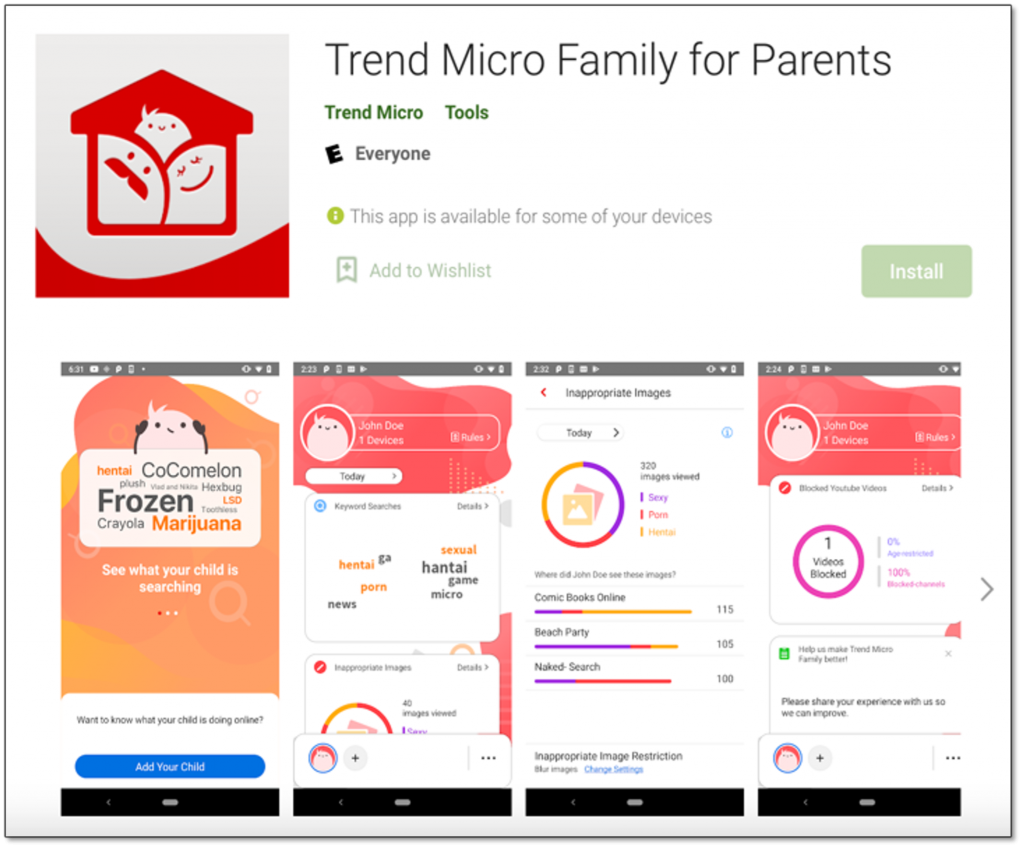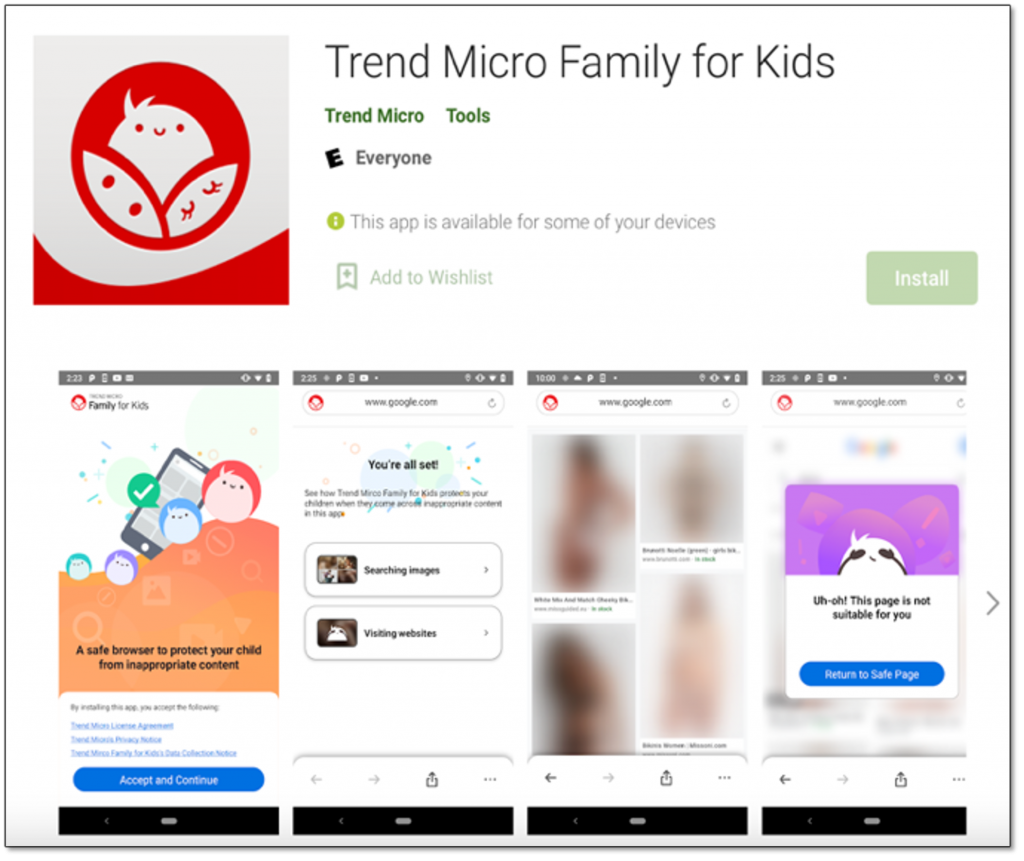After over two years of living with the COVID-19 Pandemic, things are finally, and slowly returning to normal — just in time for summer! As children break for the summer, and vacations are planned for some of it, it’s also the case that parents from Seattle to Boston are returning to the workplace in droves — or at least, opting for a hybrid model.
All this means that during the next few months, children and teenagers will be experiencing an unprecedented amount of time at home, parents-free. Given limited options and the inevitable boredom of the youth, much of this time will be spent on electronic devices. As parents and guardians, it’s only natural to worry about what they might get up to: that’s where screen time comes in.
What is Screen Time?
Screen time refers to the amount of time you spend in front of a computer or phone screen. Increasingly, it’s more and more a topic we see in relation to concerns over how long our children and teenagers are spending online — whether that’s on social media, streaming, or gaming. The amount of research into the negative effects of excessive screen time is well-known, and will continue. Check out our earlier articles for some need-to-know facts and stats.
Nowadays, even social media companies are being forced to take the issue of screen time seriously — exposed by the work of Facebook whistleblower, Frances Haugen, not to mention the huge pressure from Congress, university researchers, and newspaper investigations.
Recently, TikTok have announced two new tools for managing and monitoring screen time — as well as a new digital wellness guide. While TikTok has always been more robust in its family-friendly digital wellness tools, the likes of Instagram and Snapchat will inevitably have to improve their own measures too as pressure grows. On the other hand, it was reported in February that Meta was actually going the other way and reducing screen time controls.
What Parents Can Do About Screen Time
However much these companies take on board criticism and research, they will always be businesses and profit the priority. The burden of guidance and safety then, will largely fall to parents. Here are some tips we’ve put together to help approach screen time management with your children and teenagers.
- Communication is key. Ask your child what apps or platforms are their favorites. Explain the reasons for your concerns and requests.
- Consensus-based parenting. Acknowledge together the pros and cons of digital connectivity and social media: that will help build trust and cooperation.
- The above will help you create the right balance of screen time, rather than authoritarian commands. Note: it’s best not to use screen time as a bartering or punishment tool.
- Enacting a ban on phones at the dinner table would be a good first step. If there’s time, have the kids help make fun new dinners and they’ll be more invested when it comes to eating.
- Follow your child’s social media accounts. Bear in mind though, that they might have two account types.
- Sun / Screen. Organize days out and leave the internet behind. The park, the woods, the beach, picnics, bird-watching, swimming — there are limitless options out there!
- Lead by example. Being honest and transparent will help them respect your position.
- A good first step would be a rule against screen time an hour before bed. It could be every night, or every other. Parents could replace it with a story or compromise with a cartoon.
- Plan a game or arts & crafts night once a week. Let the kids help pick the games and activities — they’ll be much more enthusiastic if they feel jointly in control.
A Helping Hand from Trend Micro Family


Although it can often feel like it, parents aren’t on their own. Here at Trend Micro, we understand (as parents ourselves) the challenges to modern parenting. That’s why we’ve been very excited about the success of Trend Micro Family, our free digital wellness solution that has linked apps for both parents and kids. Recently, TechRadar even published an organic review of Trend Micro Family, awarding it an impressive 4.5/5.

With this all-in-one parenting tool, you’ll receive updates from Trend Micro on what your children are searching for, viewing, and even what locations they have visited. Add to that our real-time AI that blurs inappropriate content, as well as our social media privacy protection tool — and you’ll be getting the support you need when it comes to managing screen time.
We would also encourage parents to check out our Internet Safety for Kids and Families program, which was founded in 2008 and has now reached over 3 million students, parents, and teachers in 20 countries. Its Cyber Academy is a fun interactive series for children and their parents to learn lessons on internet safety and digital wellness.
Why not give it a go today? In the meantime, if you’ve found this article an interesting and/or helpful read, please do SHARE it with friends and family to help keep the online community secure and protected.
